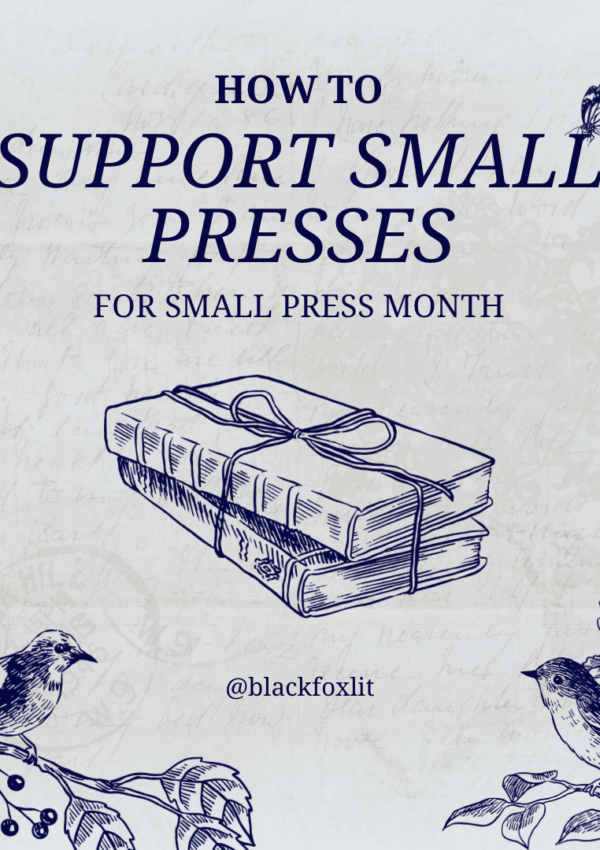Katherine Anne Porter said as true a thing as there is to say about style: “You do not create a style. You work, and develop yourself; your style is an emanation from your own being.”
When I began writing seriously, I wanted style in my fiction to be organic—to grow always out of the story itself. In practice I have found this impossible of achievement. My words march to the drumbeat in my own mind. This is so easy to illustrate that it will seem like a kindergarten lesson. Nonetheless, I will show two or three examples.
The first is from a story called “Random Day.” The story is about an insurance agent who wreaks havoc for some of his clients.
I solicit no sympathy for myself in what I relate because none should be expected. I acted recklessly, even, some would say, like a sociopath. I have learned enough, though the light of intuition is hidden to me, to know that all sympathy will be reserved for the Millers and my young wife. And they deserve it. Even I know that.
The second is from a story called “A Ganelon.” It is about a young abolitionist and his wife on a journey to the deep South to take care of family business, and of course about the hostility they face.
It is just past mid-day. An ice storm has sealed the city up tight. Schools and businesses are closed. There is a knock at the door, and Ben, our only friend since all of Brooklyn, New York, and Boston have spurned us as immoralists, stands shivering on the stoop. He comes in and joins our raillery. We are having a high old time challenging the fitness of our denouncers when there is another knock. It is the postman, shivering, making vapor as he greets us.
And the third is from a story called “The Wanderer.” This is about a nine-year-old boy alienated from his family, who finally meets the challenge of bullying neighbors and is reconciled because he has found strength in himself.
In all times Eadwine has known the loneliness of a Frankenstein’s monster, without father, mother, or natural ties, and little wonder is it that the most long-ago of his Germanic selves—earth-walker, wave-wanderer—spoke thus: “He who has felt it knows how cruel a companion is sorrow to him who has no beloved protectors. The path of exile attends him, not twisted gold—frozen are the thoughts in his heart-case, no joy of earth.”
In every case, no matter the diction, the essential pacing and structure of the sentences and syntax is the same. For me, at least, organic style is a fata morgana. The same holds true of the work of other writers. Edgar Allan Poe called Nathaniel Hawthorne a monostylist—and would doubtless have hurled the same charge at Ernest Hemingway.
Yet there have been writers able to adapt style to story. Two that immediately come to my mind are Poe and Albert Camus. “Ligeia,” “The Murders in the Rue Morgue,” and “The Tell-Tale Heart” could not demonstrate a more diverse treatment, and the same could be said for such different Camus works as “The Stranger” and “The Adulterous Woman.” Even with writers who achieve something that could be called organic style, though, their works, if they are great writers, all have their personal stamp on them. So what Katherine Anne Porter said bears repeating: “Your style is an emanation from your own being.”
And that is the hard kernel of truth about style.
 David Massey has a Masters Degree in English Literature After 1660 from The University of South Carolina and, while there, studied creative writing under George Garrett and James Dickey. He turned rather belatedly to fiction writing as a serious occupation but has made progress of late, having two stories published in 2017.
David Massey has a Masters Degree in English Literature After 1660 from The University of South Carolina and, while there, studied creative writing under George Garrett and James Dickey. He turned rather belatedly to fiction writing as a serious occupation but has made progress of late, having two stories published in 2017.



